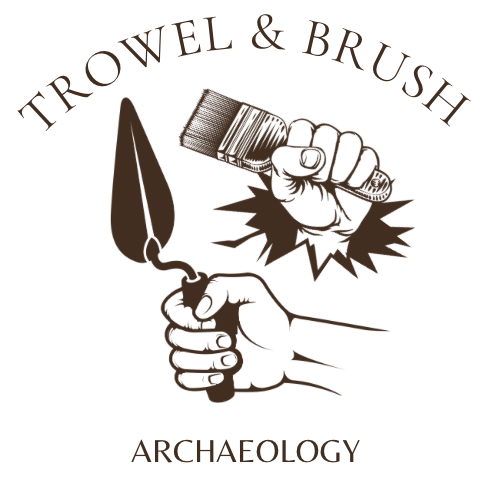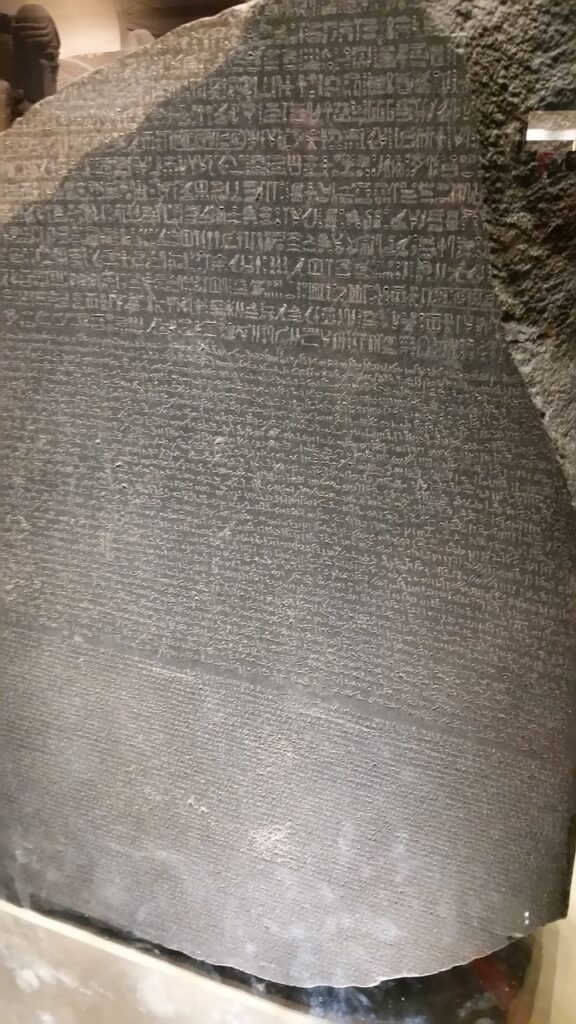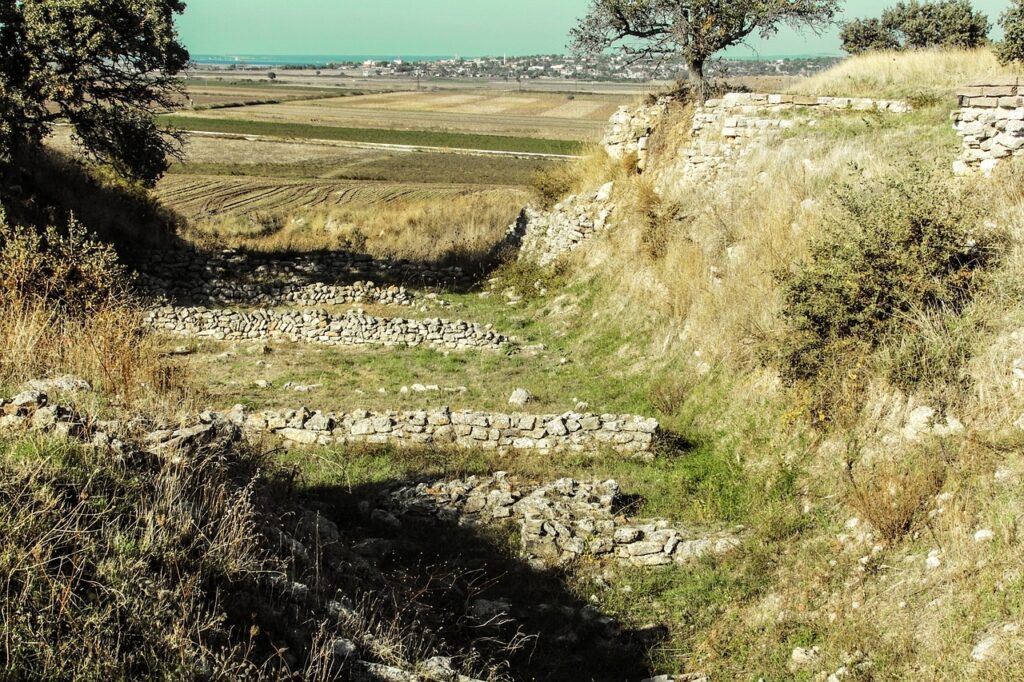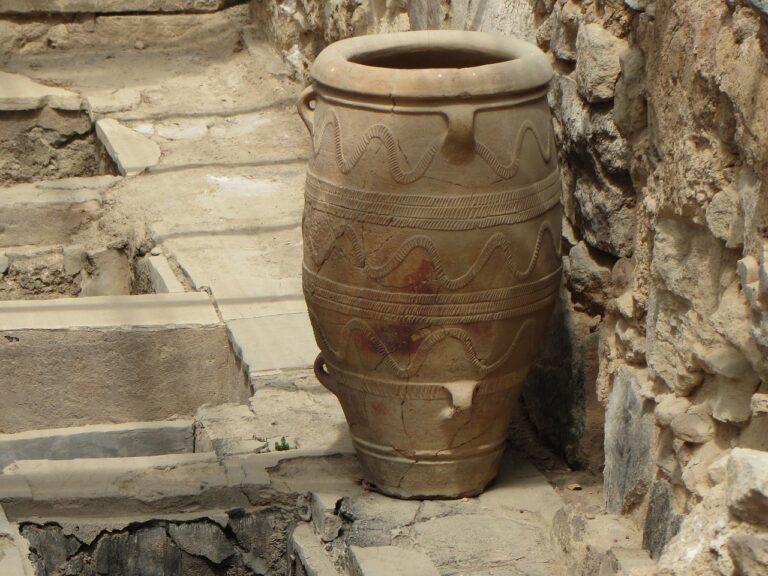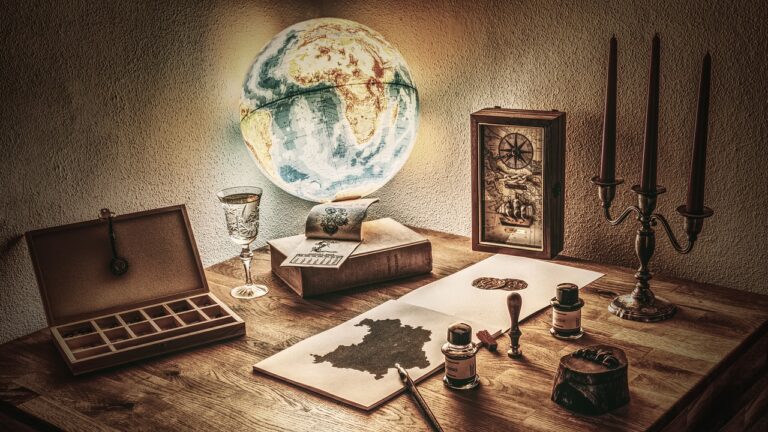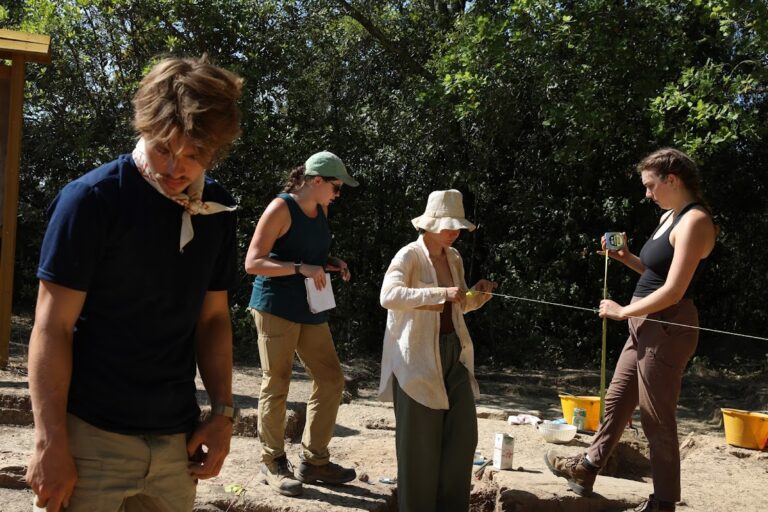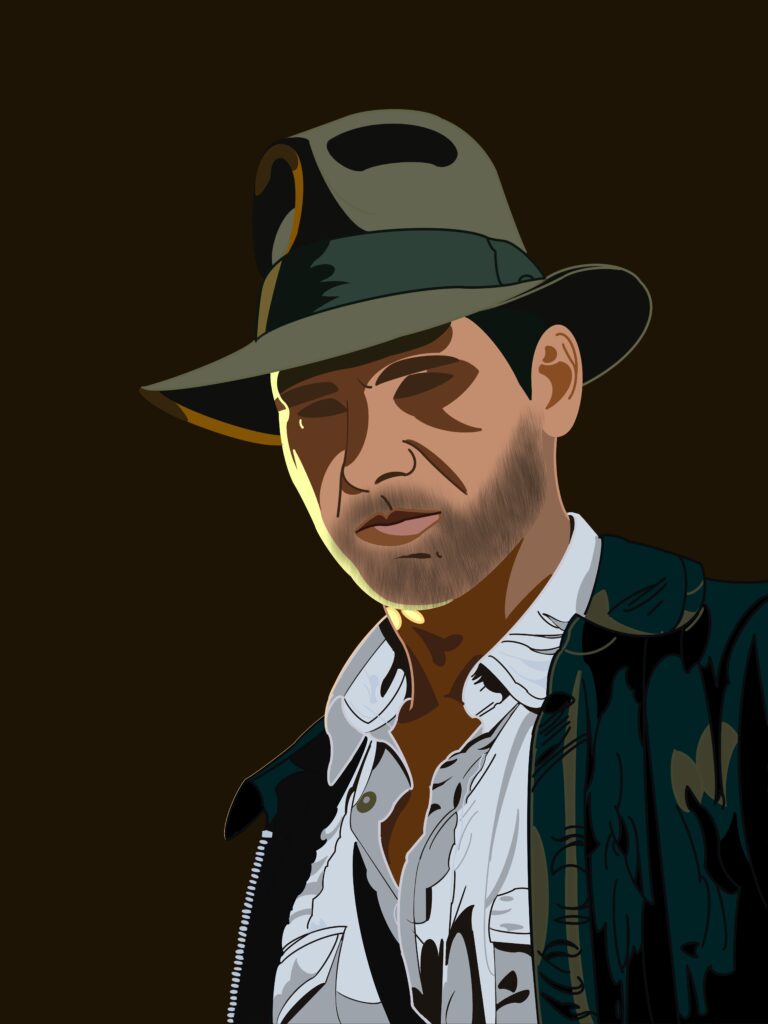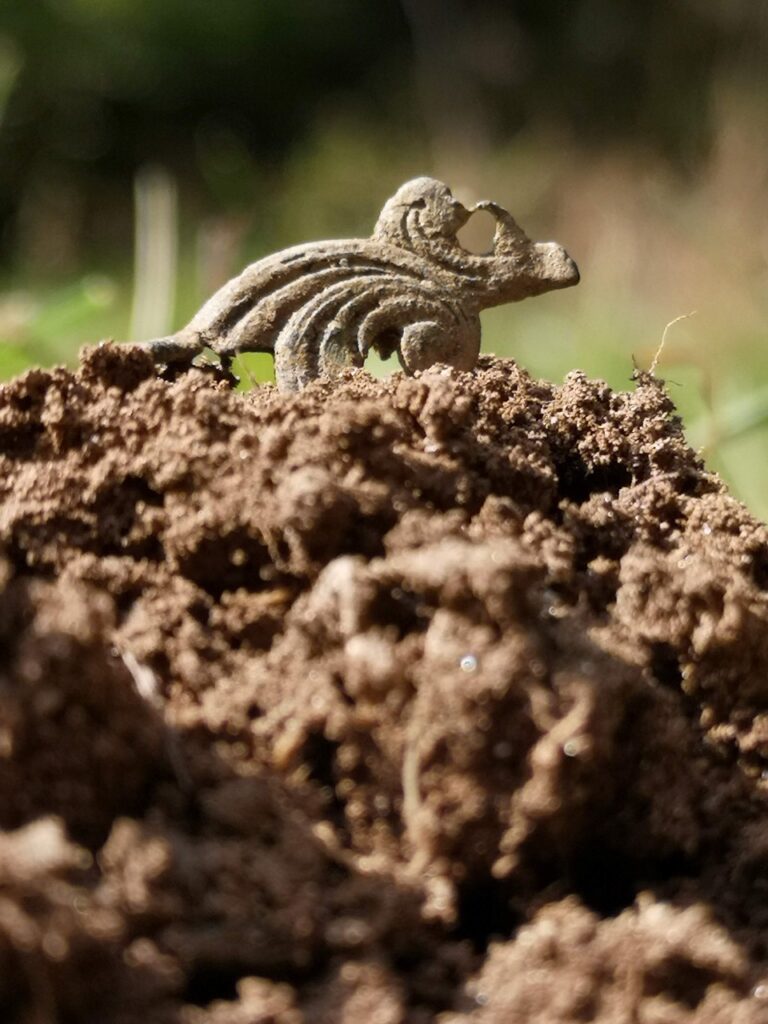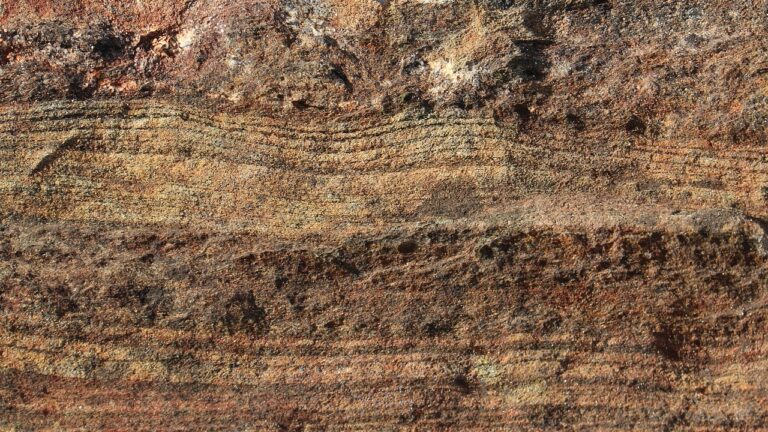The Birth of Archaeology
Imagine a world without archaeology—a world where the secrets of ancient civilizations remained buried beneath layers of earth and forgotten in the sands of time. Luckily, we don’t have to live in that world.
Archaeology, the captivating discipline that unearths and studies human history through material remains, has a fascinating origin story of its own.
Join us on a journey through time as we explore how archaeology began, paving the way for the discovery of extraordinary artifacts and the unraveling of ancient mysteries.
The discipline of archaeology emerged as a systematic approach to excavating, analyzing artifacts, and reconstructing the history and culture of ancient societies, setting the foundation for modern archaeological practices.
The Advent of Antiquarianism
Long before archaeology became a formal scientific discipline, a precursor known as antiquarianism laid the groundwork for its development.
In the Renaissance period, scholars and collectors were intrigued by ancient artifacts and sought to amass vast collections of antiquities.
These early antiquarians, driven by curiosity and a thirst for knowledge, embarked on expeditions, often looting and pillaging archaeological sites without much regard for proper documentation or preservation.
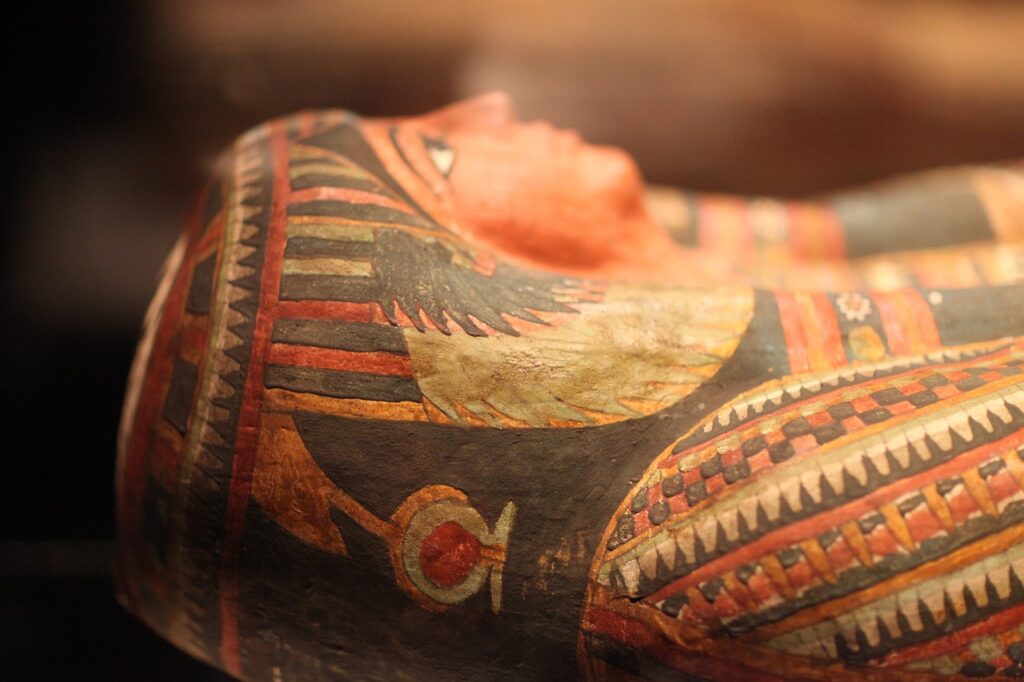
The Birth of Modern Archaeology
It wasn’t until the Enlightenment era in the 18th century that the scientific approach began to shape the field of archaeology.
Influential figures like Johann Joachim Winckelmann, a German art historian, emphasized the importance of careful observation, classification, and historical context in the study of ancient artifacts.
This shift marked a departure from antiquarianism and laid the foundation for modern archaeology.

The eruption of Mount Vesuvius in 79 AD brought destruction to the ancient Roman cities of Pompeii and Herculaneum.
However, this tragic event also preserved these cities in layers of ash, allowing archaeologists centuries later to excavate them meticulously.
The excavations of Pompeii and Herculaneum in the 18th century provided valuable insights into Roman life, architecture, and art.
These discoveries captured the imagination of people worldwide and further fueled the burgeoning field of archaeology.
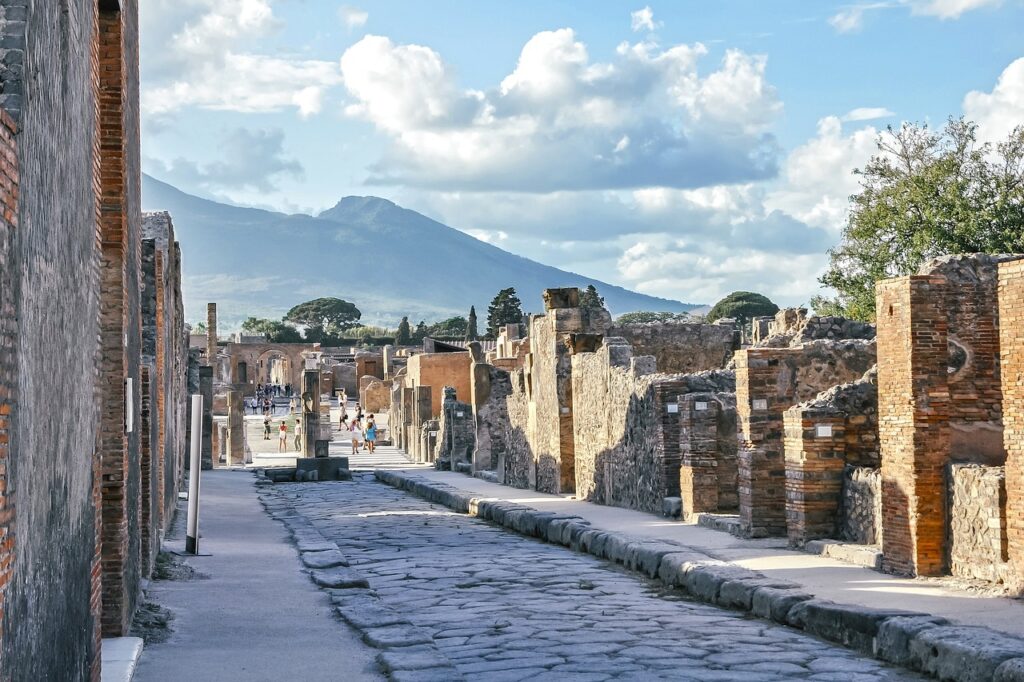
Uncovering Lost Civilizations
The Emergence of Archaeological Methods
In the early 19th century, the concept of stratigraphy emerged as a crucial method in archaeology.
Developed by Danish antiquarian Christian Jürgensen Thomsen, stratigraphy involves studying the different layers, or strata, of an archaeological site to understand the chronological sequence of events.
This technique revolutionized archaeological excavations by providing a systematic framework for interpreting the past.
Archaeologists realized that understanding the broader context surrounding an artifact is essential for interpreting its significance.
By considering factors such as the location of the find, associated objects, and cultural context, archaeologists could paint a more comprehensive picture of ancient societies.
This holistic approach to analysis became a cornerstone of modern archaeological practice.
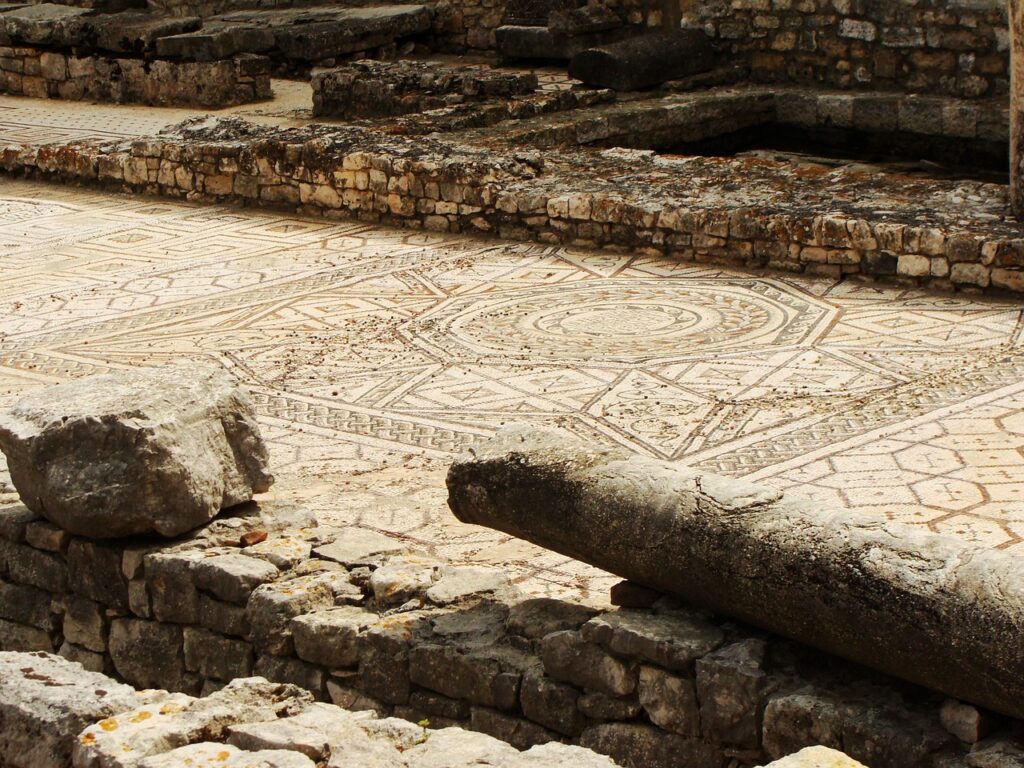
For more dating techniques archaeologists now utilize, check out our other article on the topic here: https://trowelandbrush.com/dating-techniques-in-archaeology/

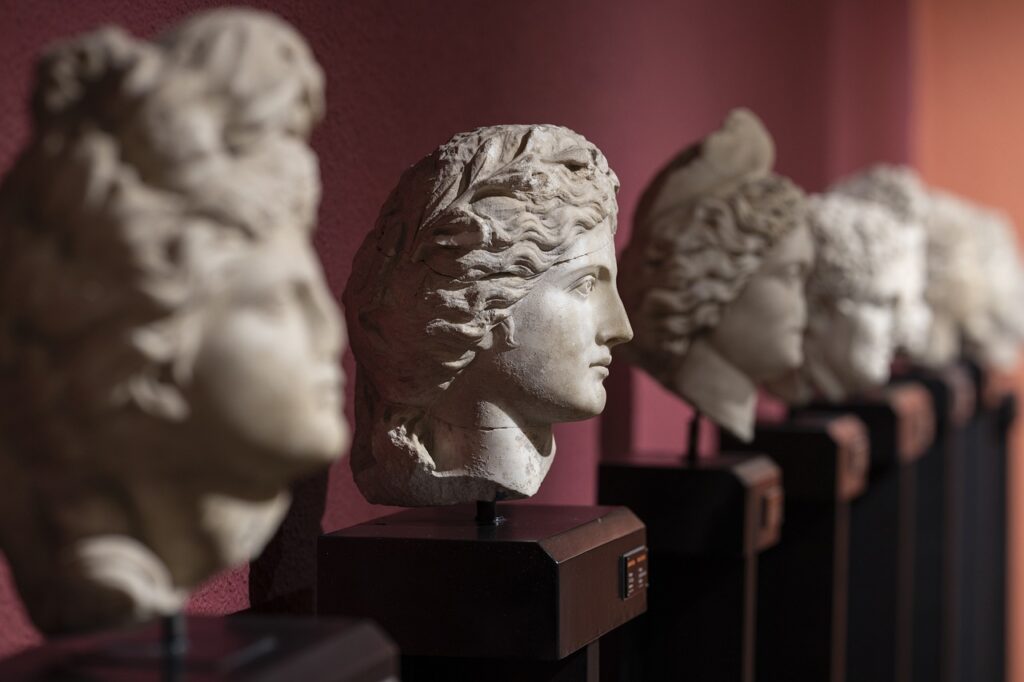
Conclusion
From the humble beginnings of antiquarianism to the birth of modern archaeology, this captivating discipline has transformed our understanding of history.
Through scientific methods and groundbreaking discoveries, archaeology has unraveled ancient mysteries and brought the past to life.
So the next time you gaze upon a museum exhibit or marvel at a beautifully preserved artifact, remember the dedicated archaeologists who ventured into the depths of time to reveal the wonders of our shared human heritage.
